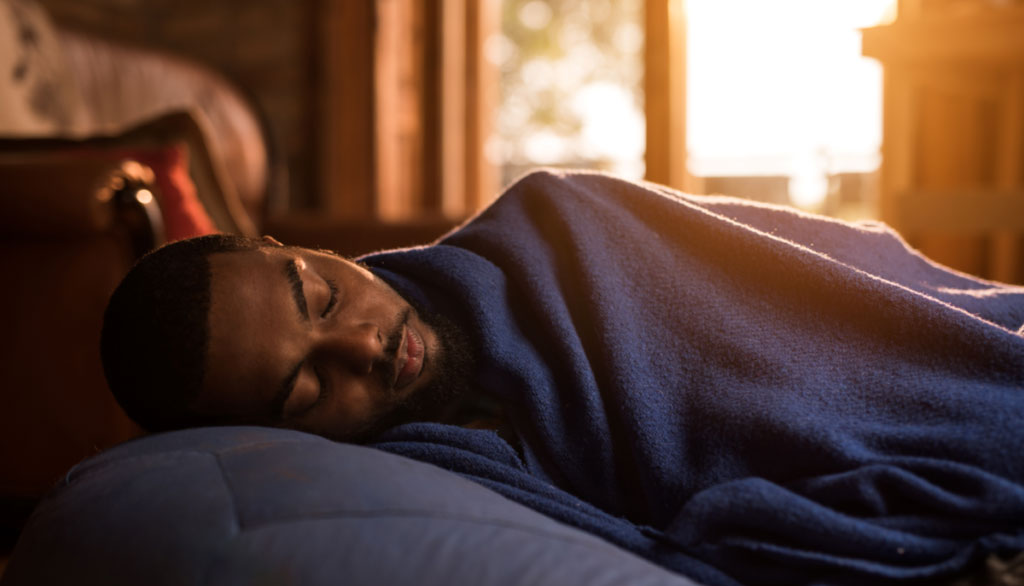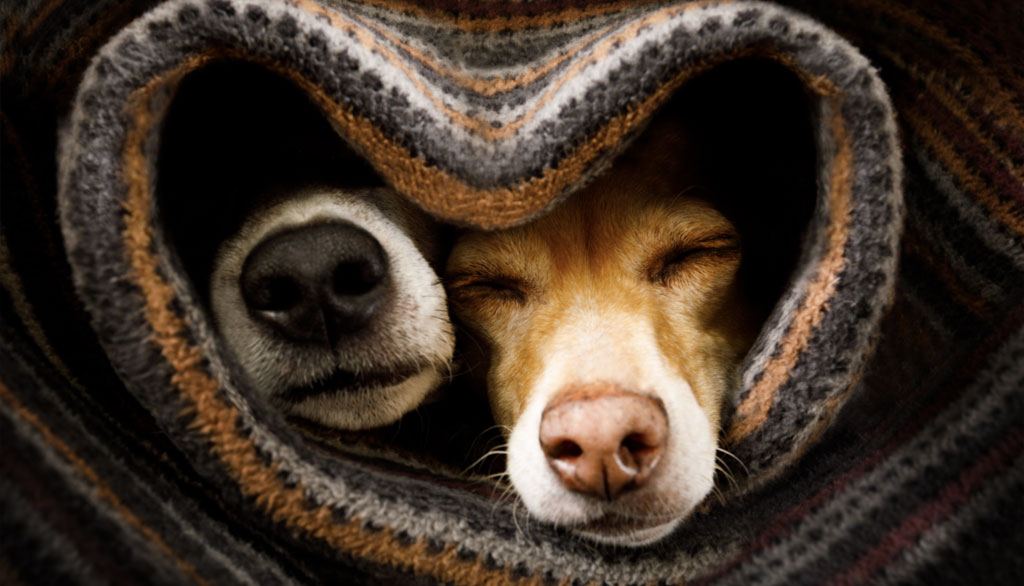Sleep
Napping – Is It Good for You or Not?

Article at a Glance:
- Excessive sleep can do more harm than good.
- People nap for a variety of reasons.
- Poorly timed or long lasting naps can negative effects.
- Artificial lights bombard us with high levels of blue light during the day and night.
Humans are considered monophasic sleepers — meaning that they sleep for a single long stretch (typically at night). This makes sense because the absence of daylight during the evening makes it impractical to work or do outdoor activities. Or at least it did before the evolution of artificial lighting. With the rise of the “night shift” and extended work hours, many people are adopting what’s known as a polyphasic sleep pattern, aka napping, which involves sleeping when schedules allow. The real question is: is napping good for you? Members of the World Sleep Congress say most likely; however, some research suggests that excessive amounts of sleep can do more harm than good.

First, what is napping? And why do we do it?
A nap is defined as any period of rest that lasts for less than 50% of the average duration of an individual’s nocturnal sleep length. The primary types of naps, as defined by sleep scientists from the World Sleep Congress, are:
- Accidental Naps: accidentally falling asleep (couch, plane, public transportation)
- Planned Naps: scheduled and timed (length can vary)
- Habitual (or Appetitive) Naps: similar to a planned nap, but it happens daily
- Power Naps: lasting less than 20 minutes
People may choose to take naps for a variety of reasons. While some nap in response to sleep loss, others simply nap for enjoyment (Broughton and Dinges, 1989).
What are the benefits of napping?
Many studies have documented the potential benefits of napping, especially when it comes to optimizing performance during the day. Naps can:
- Reduce fatigue
- Increase alertness and cognitive function
- Improve focus and accuracy
- Elevate your mood
- Improve logical reasoning, reaction time, and symbol recognition
- Help you make better decisions
- Relieve stress and bolster the immune systems
- Restore the body inside and out
Proponents of napping argue that this ritual can help maximize the amount of time you spend in rapid eye movement (REM) sleep, which is when dreaming, memory storage and mood regulation take place.
What are the potential dangers of napping?
There is an art (and science) to napping. While there are some notable health benefits, researchers have discovered negative effects of napping too – specifically when naps are poorly timed or long-lasting. In these instances, naps can:
- Cause sleep inertia—a feeling of disorientation or grogginess—after waking
- Disrupt your circadian rhythm
- Impair reaction time, memory, mood and alertness
- Interfere with nightly sleep, triggering symptoms of insomnia
- Lead to serious health conditions like diabetes and metabolic syndrome
Recent research has also indicated that taking longer naps may increase your risk of having a stroke. There are actually three sleep patterns associated with naps and risk of stroke, including:
- Long night sleeping (more than 9 hours) combined with excessive daytime naps
- Night sleep deprivation (less than 7 hours) combined with no daytime naps
- Night sleep deprivation (less than 7 hours) combined with excessive daytime napping
In contrast, individuals that get 7 to 8 hours of night sleep at night and opt-out of napping during the day tend to have the lowest risk of stroke.
The Bottom Line: Napping is Healthy When Done Correctly
People are hardwired to feel a little tired in the middle of the afternoon when their circadian rhythm dips. On offhand, taking a short afternoon nap will not disrupt your normal seven to nine hours of sleep at night. However, some research suggests that excessive amounts of sleep can do more harm than good over time.
According to Matthew Walker, neuroscientist, and author of Why We Sleep, we build up sleep pressure while we are awake during the day. This pressure is purposeful in that it makes falling and staying asleep at night easier. While resting, we release that sleepiness, almost like a valve on a pressure cooker, so that we wake up the next morning feeling refreshed (Business Insider). Excessive napping could act as a double-edged sword and disrupt your circadian rhythm, making it more difficult to get adequate sleep at night.
Napping Guidelines
The key to mastering naps is to keep them short and have them at specific times during the day. The next time you’re feeling tired in the middle of the day, ask yourself the following questions:
- How about now? Napping at the wrong time of the day can be counterproductive! The ideal time is between 2pm and 3pm, when the body’s energy is naturally lagging.
- How long? More is not better for naps. Keep it between 20 minutes and an hour. If you sleep for longer you will enter deep sleep and actually feel less alert when you wake up again.
- Where at? Pick a spot that is ideal with a comfortable temperature, low light and limited noise.
- Caffeinated? Drinking caffeine later in the day can amp you up and make it more difficult to fall asleep at night. Once 2pm rolls around stop the caffeine intake and consider taking a rejuvenating short nap instead.
Junk Light: The Dark Side of Blue Light
While we get natural and necessary levels of blue light from the sun, artificial light sources bombard us with high levels of blue light day and night. This overexposure to blue light, what we term junk light, disrupts our circadian rhythm and depresses our melatonin production, the body’s main sleep hormone.
When Our Eyes Detect Less Blue Light
Our brain starts our “sleep” phase, increasing melatonin and signals the body to:
- Decrease hunger hormone Leptin
- Decrease body temperature
- Lower blood pressure
- Decrease urine output


Comments are closed.